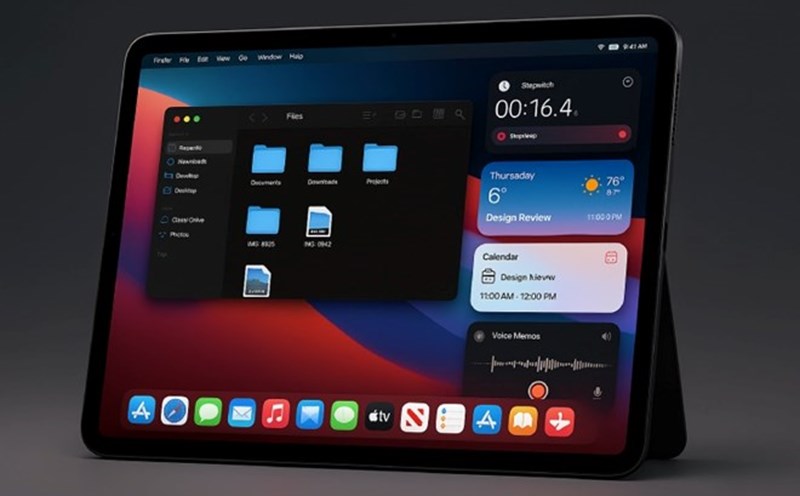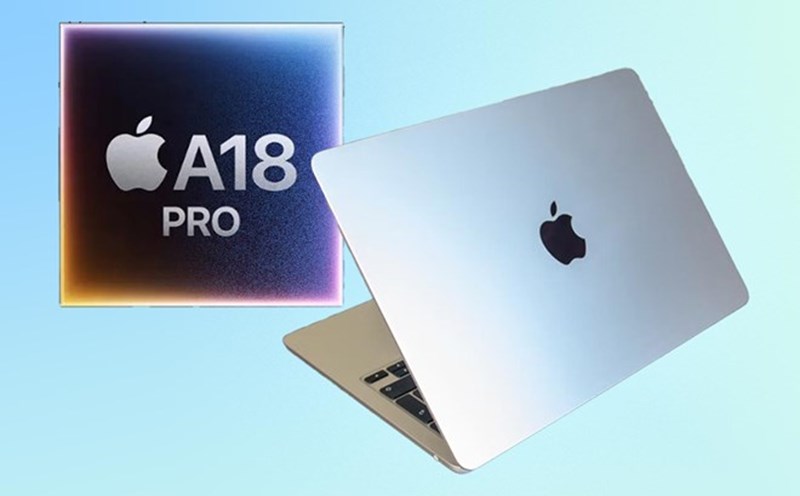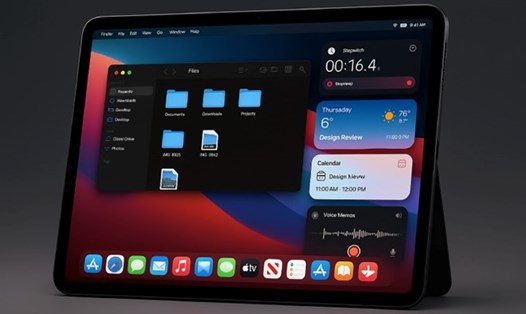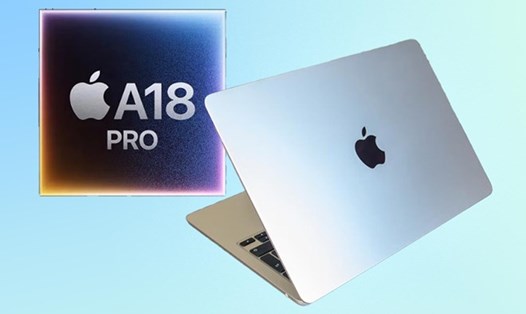Apple's goal is to expand market share by competing directly with Chromebooks and low-cost Windows computers.
According to analyst Ming-Chi Kuo, the low-cost MacBook will have a screen of about 13-inch, slightly smaller than the 13.6-inch MacBook Air. In terms of thinness, Apple may not focus too much on creating an ultra-thin design to save production costs, but still ensure aesthetic characteristics.
The device is expected to use a standard LCD screen, without mini-LED technology or ProMotion scanning frequency. Notably, Apple can refresh this product line with bright colors similar to iMac, including silver, blue, pink and yellow.
The most special thing about cheap MacBook brands is the use of the A18 Pro chip, which first appeared on the iPhone 16 Pro. This chip is manufactured on Apple's second-generation 3 nanometric process, integrates 8GB of RAM and supports Apple Intelligence - the company's artificial intelligence platform.
A18 Pro is powerful enough to handle office tasks, study and entertainment every day, while saving better energy thanks to the new process.
Apple is no longer selling the MacBook Air M1 on the official store, but the model is still distributed through major retail systems in the US for around $599.
Therefore, analysts predict that the low-cost MacBook launched in 2026 will have the same price, targeting the group of ordinary customers, students, university students or users who need a light, durable, and cost-effective laptop.
If Ming-Chi Kuo is correct, this will be the first time Apple has launched a truly "popular" MacBook line, both shining like the MacBook Air and having the same performance as the M1 but at a more affordable price.
This is a strategic step to help Apple return to the race in the low-cost laptop segment, which is dominated by the Windows and Chromebook brands.










